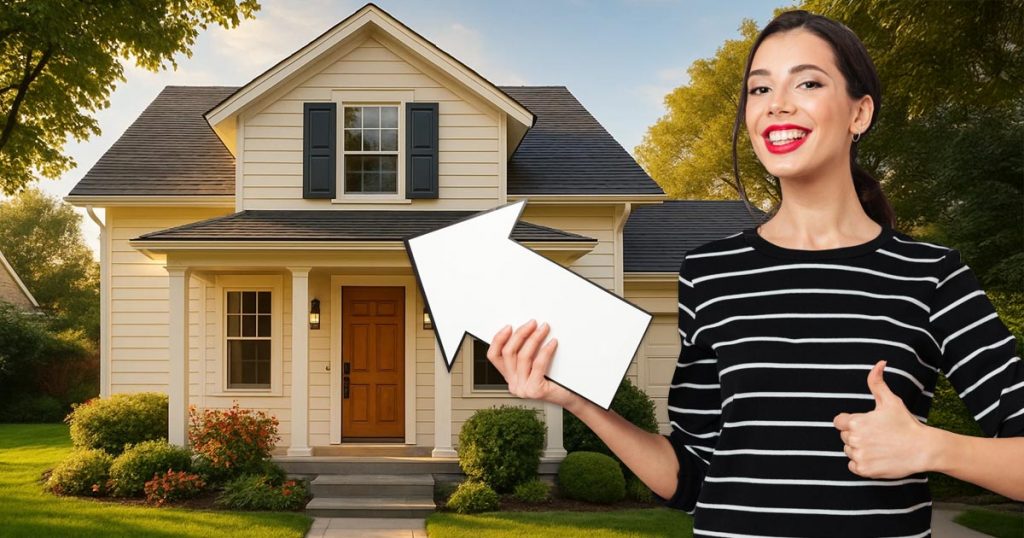A home appraisal can make or break your selling or refinancing plans. The higher the value, the better your position. Knowing how to increase home value for appraisal gives you the advantage of presenting your property in the best light. With a few targeted improvements and preparations, you can influence the outcome without overspending.
Understanding the Appraisal Process
Appraisals are conducted to determine a home’s fair market value. Lenders use them to ensure the loan matches the property’s value. An appraiser will evaluate your home’s condition, size, features, location, and recent sales of similar properties.
Knowing what influences the appraiser’s assessment is the first step in learning how to increase home appraisal results. Cleanliness, maintenance, and updates all factor into the final number.
Step One: Create a Strong First Impression
Curb Appeal Matters
The appraiser’s opinion often begins to form the moment they see your home. Tidy landscaping, a freshly painted front door, and well-maintained exterior surfaces make your property look cared for. Simple touches like trimmed hedges, clean walkways, and a welcoming entryway can subtly influence perceptions.
Declutter and Deep Clean
Inside the home, clutter makes rooms feel smaller and less functional. Store unnecessary items, keep countertops clear, and ensure each space looks inviting. Deep cleaning helps remove odors and improves overall presentation, which can positively impact how to get a higher appraisal.
Step Two: Focus on High-Impact Updates
Kitchen and Bathroom Refresh
These spaces carry a lot of weight in the appraisal process. You do not always need a full remodel to make an impact. Replacing dated cabinets, updating faucets, and installing new light fixtures can make these rooms feel modern and well cared for. Fresh caulk and grout in bathrooms can also go a long way.
Add Livable Space Where Possible
Additional usable square footage often increases home value. Finishing an attic or basement or converting a garage into a functional space can be appealing to buyers. Check local rules to see what qualifies as livable space, since not all improvements are counted the same way in appraisals.
Step Three: Improve Energy Efficiency
Energy-efficient homes appeal to buyers and may be valued higher in appraisals. Consider replacing old windows, upgrading insulation, or installing a programmable thermostat. Solar panels can also make a difference, as they reduce energy costs and often make homes more attractive to environmentally conscious buyers.
If you want to know how to increase home appraisal without overspending, small upgrades like LED lighting or Energy Star-certified appliances can provide measurable benefits without major investment.
Step Four: Upgrade Smartly
Smart Home Features
Technology can make your home stand out. Appraisers may take note of security systems, video doorbells, and smart thermostats. Choose features that are easy to use and appeal to a broad audience rather than niche gadgets that may not suit all buyers.
Keep Renovations Neutral
Highly personalized renovations can turn off potential buyers and limit your pool of interested parties. Choose neutral paint colors, timeless finishes, and fixtures that suit different styles. This approach keeps your improvements appealing to the widest range of buyers.
Step Five: Show Maintenance and Care
Repair Before the Appraisal
Leaky faucets, broken tiles, or peeling paint can give the impression of neglect. Address small repairs before the appraisal visit. A home in good condition signals that it has been well-maintained, which is an important factor in how to increase appraisal value.
Organize Home Records
Providing receipts and documentation for repairs, upgrades, and maintenance work can help the appraiser understand the true investment in your property. Records of HVAC servicing, roof replacement, or energy upgrades show the home’s long-term care.
Avoid Common Value Killers
Certain updates and features can reduce your home’s appeal or fail to add any meaningful value. Overly unique features, high-maintenance additions like pools in colder regions, or poorly executed DIY projects can be red flags. Overspending on upgrades that do not align with neighborhood standards can also limit returns.
When thinking about how to get a higher appraisal, balance improvements with what buyers expect in your area. Appraisers often compare your home to similar properties nearby, so going far beyond local norms may not pay off.
Preparing for Appraisal Day
Walk through your home as if you were seeing it for the first time. Open blinds to let in natural light, set a comfortable temperature, and make sure each room serves a clear purpose. Small details like fresh flowers or neatly arranged furniture can make the space more inviting.
Communicate with the appraiser professionally and be ready to answer questions about recent upgrades. While you cannot influence the appraiser’s professional judgment, providing accurate and relevant information can help them fully assess your home’s features.
Turning Effort into Equity
Increasing a home’s appraisal value is less about last-minute polish and more about the habits and choices you make long before the appraiser arrives. Consistent care, thoughtful upgrades, and a clear understanding of what adds measurable value form the foundation of a stronger valuation. Each improvement, whether a small cosmetic change or a major efficiency boost, works like a deposit into your property’s equity. Treat the appraisal not as a final hurdle, but as the moment your preparation pays off, turning all that effort into tangible financial advantage.

